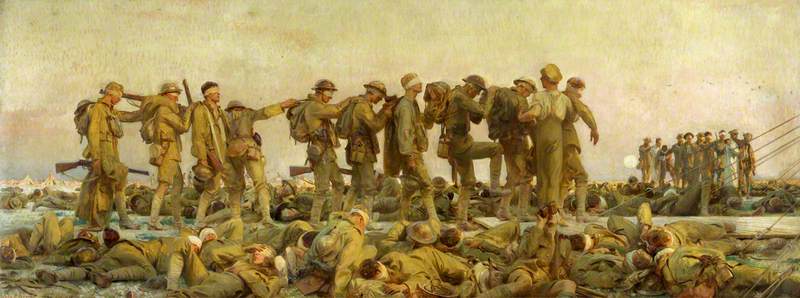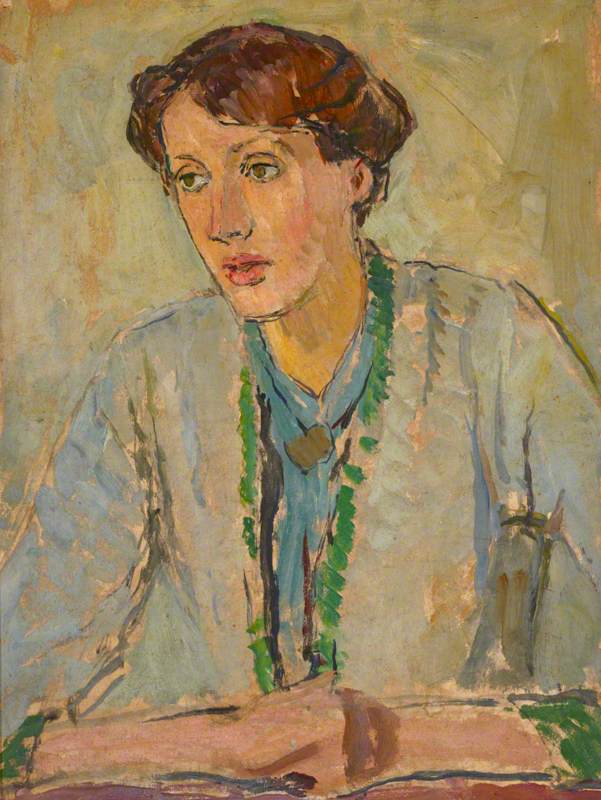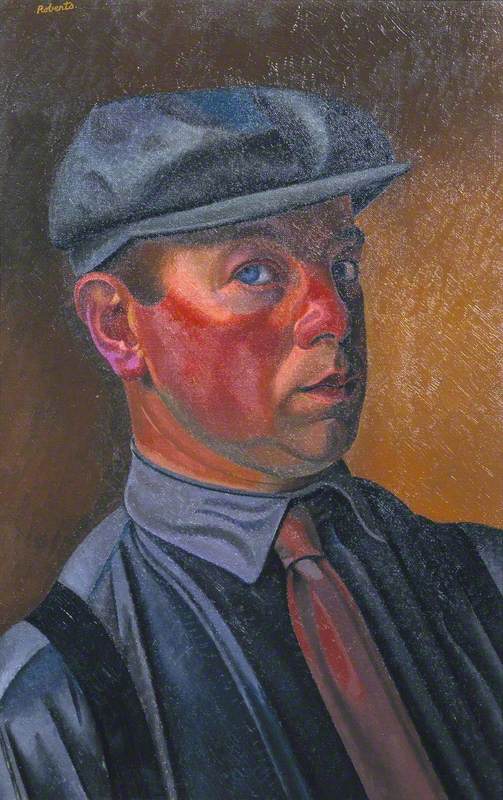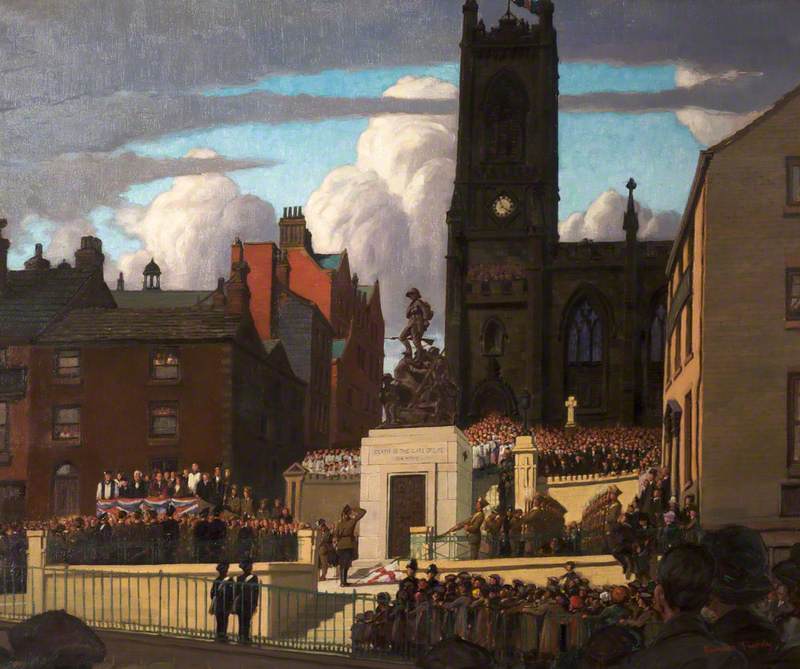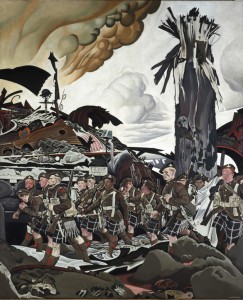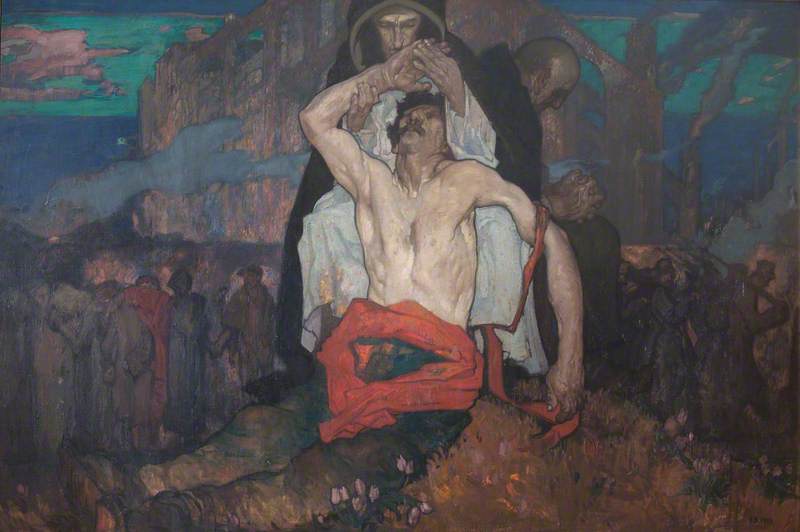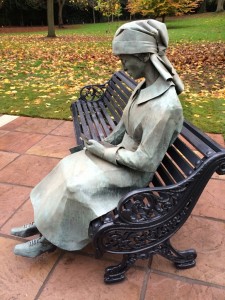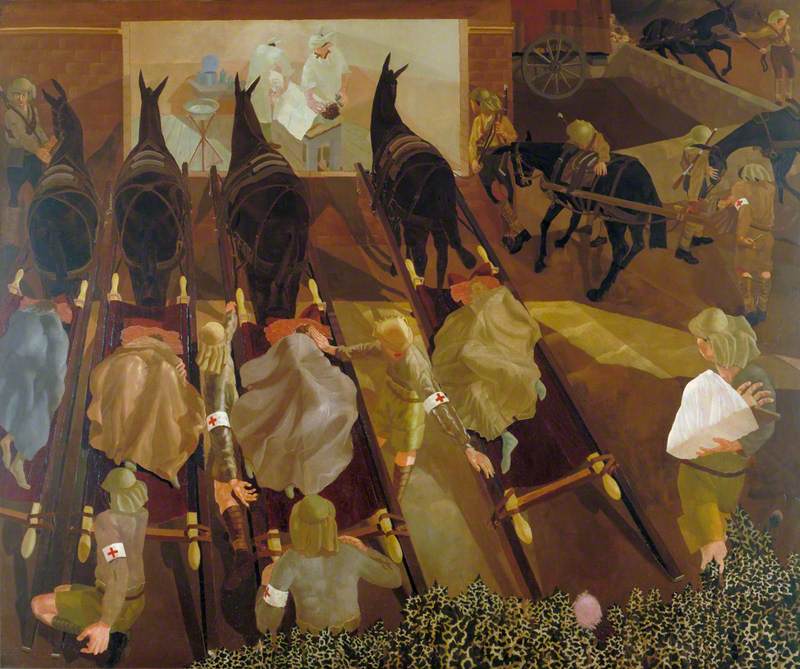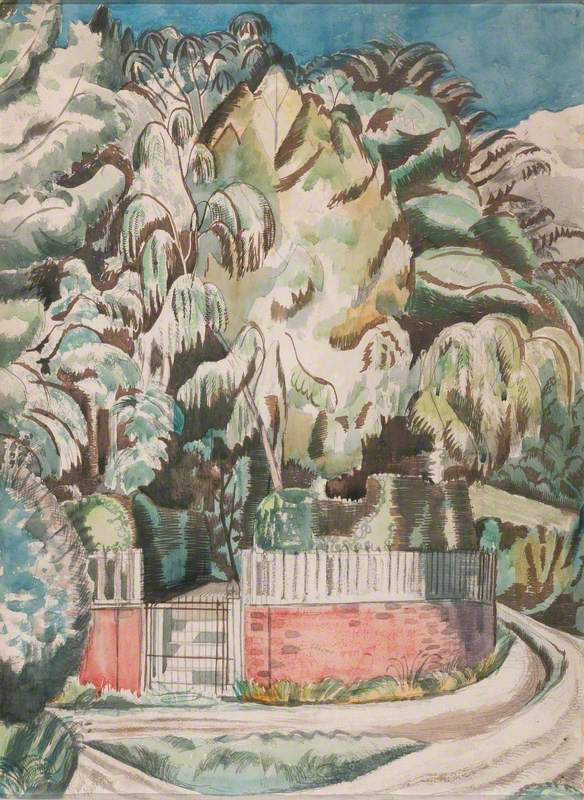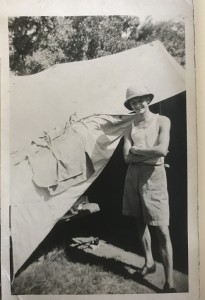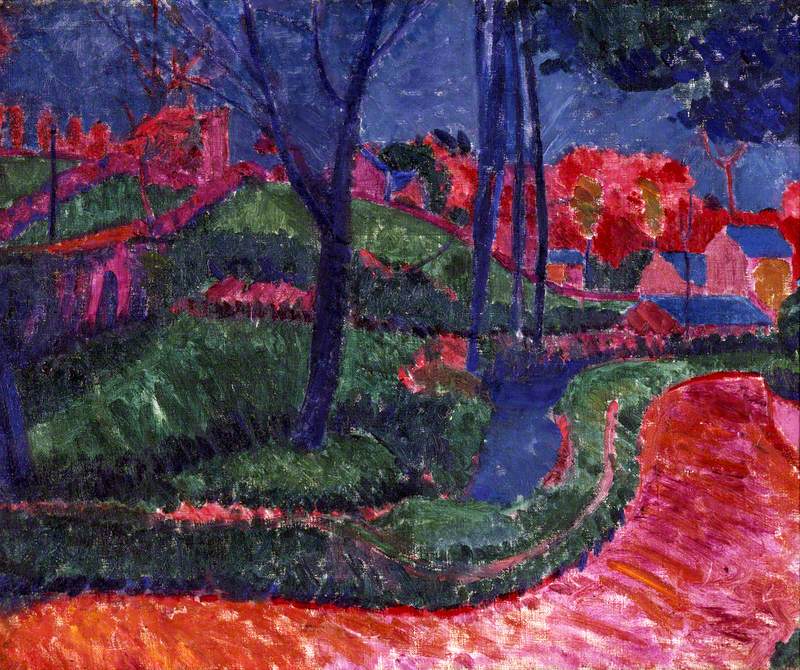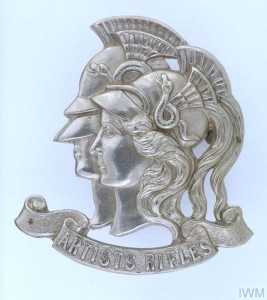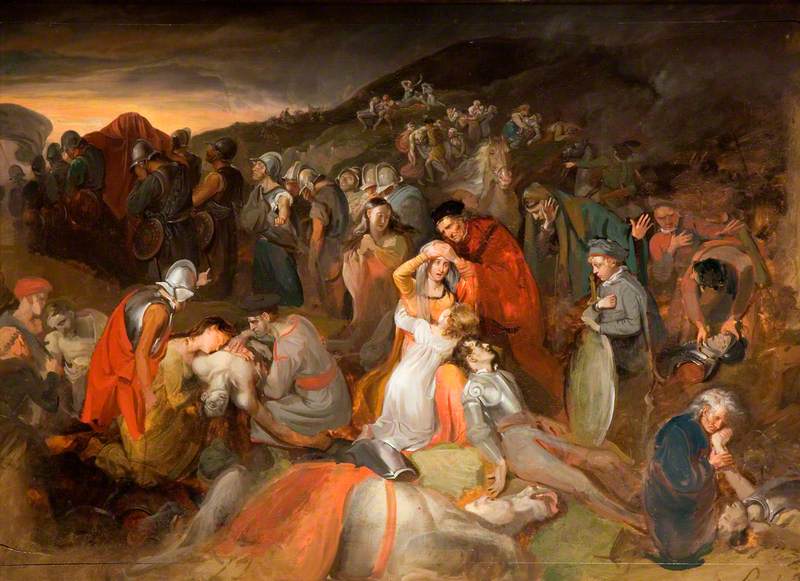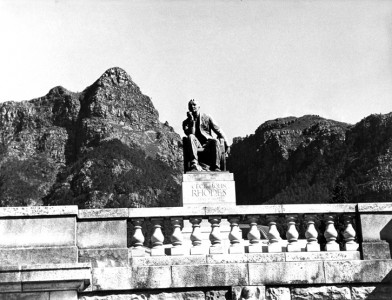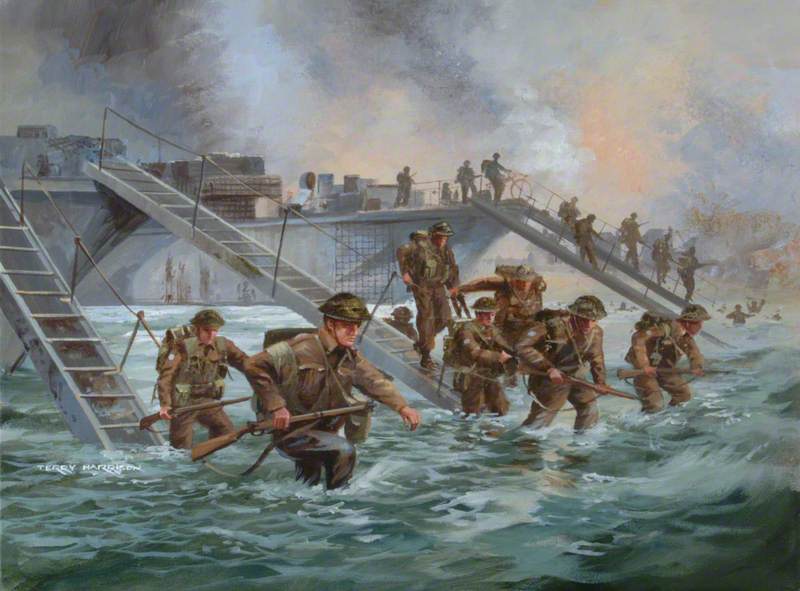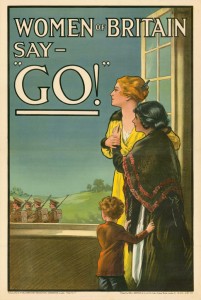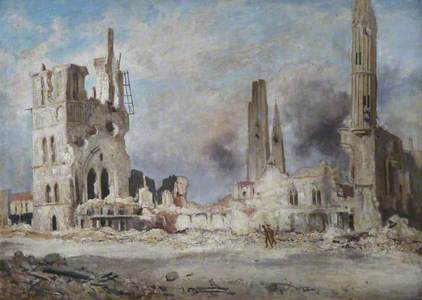Sunday 11th November 2018 marks the 100th anniversary of the signing of the Armistice – the treaty ending the carnage and horror of the First World War. Inevitably Gassed – John Singer Sargent’s epic, moving painting – will be shown in documentaries and reproduced in print as an icon of this suffering, as it has been since its completion in 1919. This, however, is how we view it today, not as it was viewed when first unveiled.
An essay on a display at the Royal Academy was published in the British magazine The Athenaeum on 22nd August 1919:
'A large picture by Mr Sargent called ‘Gassed’ at last pricked some nerve of protest, or perhaps of humanity. In order to emphasise his point that the soldiers wearing bandages
The fleeing writer was Virginia Woolf.
In May 1919 The Athenaeum actually accused Gassed of giving a simplified depiction of the war:
'This picture is a descriptive work; it recounts the result of a gas attack in very much the language that an English schoolboy of the self-conscious age might use.
'"Yes, y' know, lot o' fellows
... some 124,702 British soldiers were victims of gas and suffered mustard gas blisters, burns or temporary blindness. 2,308 of them died.
This views Gassed as a painting made to be reproduced and displayed on a wall as a decoration, one designed to evoke sympathy and perhaps even nostalgia. It can give comfort to those who lost loved ones in the war.
On 14th December
'It remains, with all its painter-like qualities, a by no means altogether satisfactory compromise between decoration and pictorial realism. Mr Sargent has spent months at the front to collect the material for his picture. He is so keen an observer, as a rule, that it would be foolhardy to accuse him of inaccuracy. Yet, remembering the grotesque nightmare horror of the choking and vomiting Zouaves in Mr Roberts’ ‘Gas Attack’ painting for the Canadians, I cannot help feeling that this calm procession of gas-blinded men, carrying their trench coats, rifles and other paraphernalia as though they were returning from a
It is true that if we examine The First German Gas Attack at Ypres by William Roberts – now in the collection of Canada's National Gallery – we see a radically different style to Sargent’s. Roberts' painting shows men scrambling for their lives. Figures collide into each other and towards the viewer. The viewer looks on
Roberts served as a gunner in the army during the war. Through
What Roberts’ work shows – and Sargent’s does not – is the terror of being attacked by the invisible unstoppable enemy of gas. As William Moore records in Gas Attack: Chemical Warfare 1915–1918 some 124,702 British soldiers were victims of gas and suffered mustard gas blisters, burns or temporary blindness. 2,308 of them died. Overall on all sides, 1,250,000 men were casualties of gas. James Shaw was one of the men who
'With no conveyances to the dressing
This is a radically different experience to that painted by Sargent.
The continuing impact of the work into the twenty-first century is due to its mass exposure in the media but also to the skill of the artist, the delicacy of Sargent’s brush.
Of course, Sargent shows the aftermath of an attack, away from the front lines and it would be unjust to say that the reviews for Gassed were uniformly poor. The Manchester Guardian of 3rd May 1919 stated that the exhibition at the Royal Academy in 1919 was 'the most interesting since the war began.' The reason it succeeded, they thought, was mainly due to John Singer Sargent 'who carries so much of the show on his own shoulders.' In this
Gassed was recognised as symbolic early in its history. In 1919 during a banquet at the Royal Academy, the Academy's President Sir Aston Webb toasted the 'Imperial Forces' and pointed to Gassed saying it showed 'how the bravery of our men had persisted in spite of the most devilish inventions.'
Gassed was painted by Sargent as a symbolisation of war, and its subdued nature is deliberate. It is the very 'delicacy' of Gassed that allows for frequent reproduction. The vomiting soldier in the foreground of Sargent's painting turns away from us to preserve his own dignity. It is in details like this that the artist's restraint can be seen. The continuing impact of the work into the twenty-first century is due to its mass exposure in the media but also to the skill of the artist, the delicacy of Sargent’s brush. This has allowed Gassed to become one of the iconic images of the First World War.
Gary Haines, archivist and researcher
